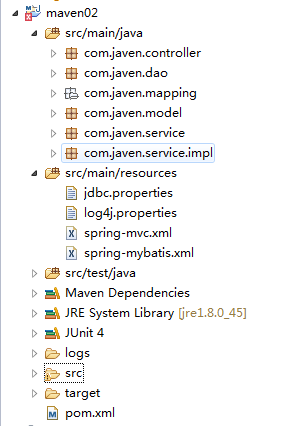Python線程協作threading.Condition實現過程解析
領會下面這個示例吧,其實跟java中wait/nofity是一樣一樣的道理
import threading# 條件變量,用于復雜的線程間同步鎖'''需求: 男:小姐姐,你好呀! 女:哼,想泡老娘不成? 男:對呀,想泡你 女:滾蛋,門都沒有! 男:切,長這么丑, 還這么吊... 女:關你鳥事!'''class Boy(threading.Thread): def __init__(self, name, condition): super().__init__(name=name) self.condition = condition def run(self): with self.condition: print('{}:小姐姐,你好呀!'.format(self.name)) self.condition.wait() self.condition.notify() print('{}:對呀,想泡你'.format(self.name)) self.condition.wait() self.condition.notify() print('{}:切,長這么丑, 還這么吊...'.format(self.name)) self.condition.wait() self.condition.notify()class Girl(threading.Thread): def __init__(self, name, condition): super().__init__(name=name) self.condition = condition def run(self): with self.condition: print('{}:哼,想泡老娘不成?'.format(self.name)) self.condition.notify() self.condition.wait() print('{}:滾蛋,門都沒有!'.format(self.name)) self.condition.notify() self.condition.wait() print('{}:關你鳥事!'.format(self.name)) self.condition.notify() self.condition.wait()if __name__ == ’__main__’: condition = threading.Condition() boy_thread = Boy(’男’, condition) girl_thread = Girl(’女’, condition) boy_thread.start() girl_thread.start()
Condition的底層實現了__enter__和 __exit__協議.所以可以使用with上下文管理器
由Condition的__init__方法可知,它的底層也是維護了一個RLock鎖
def __enter__(self): return self._lock.__enter__()
def __exit__(self, *args): return self._lock.__exit__(*args)
def __exit__(self, t, v, tb): self.release()
def release(self): '''Release a lock, decrementing the recursion level. If after the decrement it is zero, reset the lock to unlocked (not owned by any thread), and if any other threads are blocked waiting for the lock to become unlocked, allow exactly one of them to proceed. If after the decrement the recursion level is still nonzero, the lock remains locked and owned by the calling thread. Only call this method when the calling thread owns the lock. A RuntimeError is raised if this method is called when the lock is unlocked. There is no return value. ''' if self._owner != get_ident(): raise RuntimeError('cannot release un-acquired lock') self._count = count = self._count - 1 if not count: self._owner = None self._block.release()
至于wait/notify是如何操作的,還是有點懵.....
wait()方法源碼中這樣三行代碼
waiter = _allocate_lock() #從底層獲取了一把鎖,并非Lock鎖waiter.acquire()self._waiters.append(waiter) # 然后將這個鎖加入到_waiters(deque)中saved_state = self._release_save() # 這是釋放__enter__時的那把鎖???
notify()方法源碼
all_waiters = self._waiters waiters_to_notify = _deque(_islice(all_waiters, n))# 從_waiters中取出n個if not waiters_to_notify: # 如果是None,結束 returnfor waiter in waiters_to_notify: # 循環release waiter.release() try: all_waiters.remove(waiter) #從_waiters中移除 except ValueError: pass
大體意思: wait先從底層創建鎖,acquire, 放到一個deque中,然后釋放掉with鎖, notify時,從deque取拿出鎖,release
以上就是本文的全部內容,希望對大家的學習有所幫助,也希望大家多多支持好吧啦網。
相關文章:

 網公網安備
網公網安備